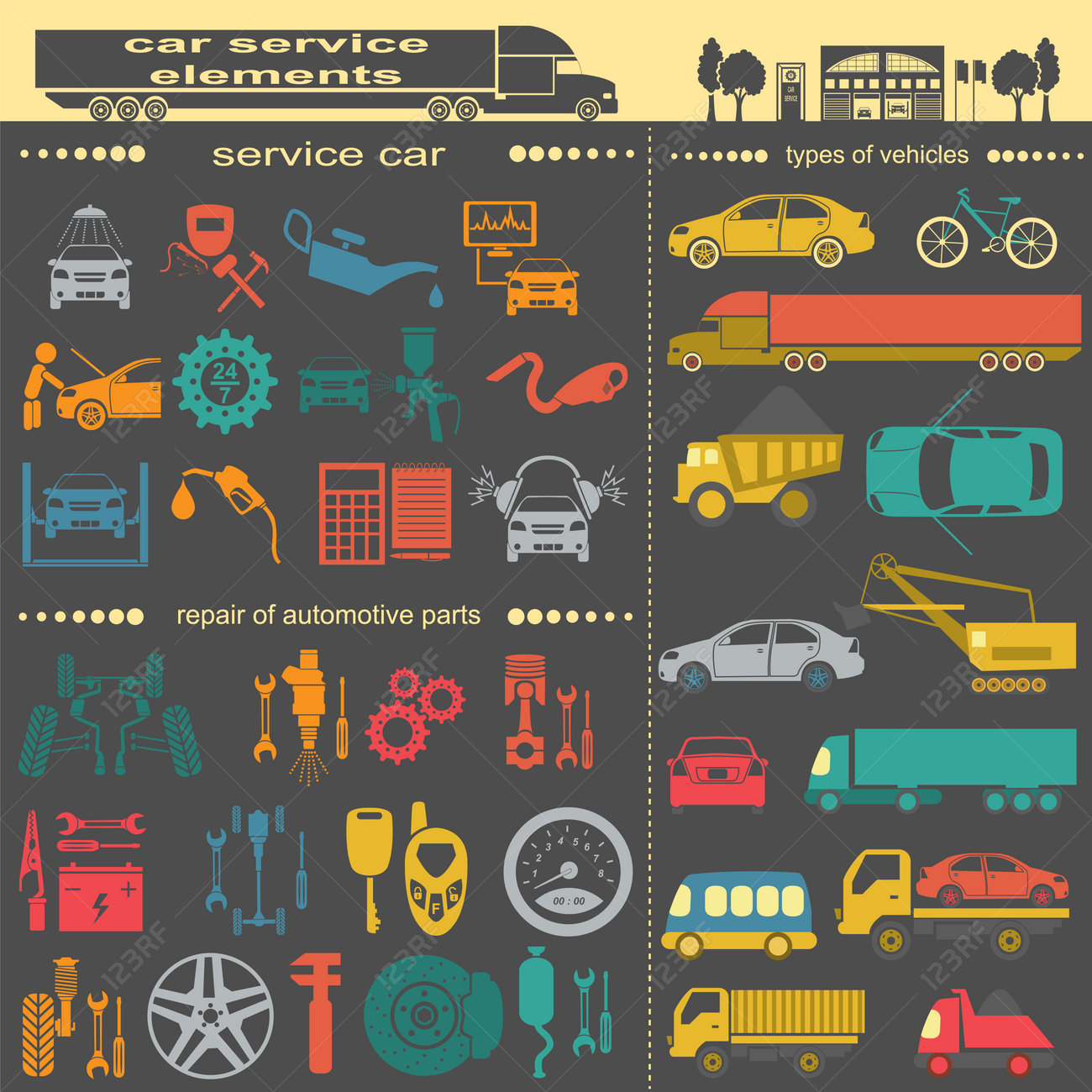Want To Find Out More About The Caution Lights On Your Control Panel? Discover What They Indicate Concerning Your Automobile'S Health And Safety
Want To Find Out More About The Caution Lights On Your Control Panel? Discover What They Indicate Concerning Your Automobile'S Health And Safety
Blog Article
Web Content Composed By-Sykes Alvarado
When you're behind the wheel, those glowing caution lights on your control panel can be a bit bewildering. Do you know what they're trying to inform you concerning your auto's wellness? Comprehending the value of these lights is crucial for your safety and security and the long life of your automobile. So, the following time among those lights appears, would not you want to decipher its message precisely and take the necessary steps to address it?
Common Warning Lighting and Interpretations
Determine typical caution lights in your car and recognize their significances to make certain secure driving.
One of the most normal caution lights consist of the check engine light, which indicates concerns with the engine or emissions system. If this light comes on, it's critical to have your car checked quickly.
The oil pressure warning light indicates low oil pressure, requiring instant interest to prevent engine damage.
A blinking battery light could recommend a defective billing system, possibly leaving you stranded otherwise addressed.
The tire stress monitoring system (TPMS) light notifies you to reduced tire pressure, impacting automobile stability and gas effectiveness. Overlooking this can cause risky driving problems.
The ABS light shows a trouble with the anti-lock stopping system, compromising your ability to stop rapidly in emergencies.
Last but not least, the coolant temperature warning light warns of engine getting too hot, which can lead to severe damage otherwise solved quickly.
Comprehending these usual warning lights will aid you attend to concerns quickly and preserve risk-free driving conditions.
Relevance of Prompt Attention
Understanding the usual caution lights in your auto is just the first step; the importance of without delay resolving these warnings can't be stressed sufficient to ensure your security when traveling.
When a caution light illuminates on your control panel, it's your car's way of communicating a prospective concern that requires attention. Ignoring these cautions can bring about much more severe issues later on, endangering your safety and security and possibly costing you extra out of commission.
Trigger interest to alerting lights can prevent malfunctions and crashes. For instance, a flashing check engine light might indicate a misfire that, if left unattended, could cause damages to the catalytic converter. Resolving this without delay can conserve you from a costly repair work.
In a similar way, a brake system cautioning light might indicate low brake fluid or used brake pads, vital elements for your security when driving.
Do It Yourself Troubleshooting Tips
If you observe a caution light on your dashboard, there are a couple of DIY troubleshooting tips you can attempt before seeking specialist help.
https://www.repairerdrivennews.com/2022/03/15/connecticut-bill-would-restrict-insurer-influence-over-collision-repair-decisions/ is to consult your cars and truck's guidebook to comprehend what the particular caution light suggests. Sometimes the issue can be as simple as a loosened gas cap setting off the check engine light. Tightening detailing car wash might resolve the problem.
One more usual problem is a low battery, which can trigger different alerting lights. Examining the battery links for deterioration and guaranteeing they're protected could fix the problem.
If a caution light continues, you can try resetting it by disconnecting the automobile's battery for a couple of minutes and after that reconnecting it. In addition, checking your automobile's liquid degrees, such as oil, coolant, and brake fluid, can assist troubleshoot alerting lights associated with these systems.
Verdict
To conclude, comprehending your cars and truck's caution lights is important for keeping your vehicle running smoothly and securely. By promptly resolving these alerts and understanding what they indicate, you can prevent costly repair work and potential failures.
Bear in mind to consult your cars and truck's manual for particular details on each cautioning light and act accordingly to make certain a trouble-free driving experience.
Remain informed, remain safe when traveling!
